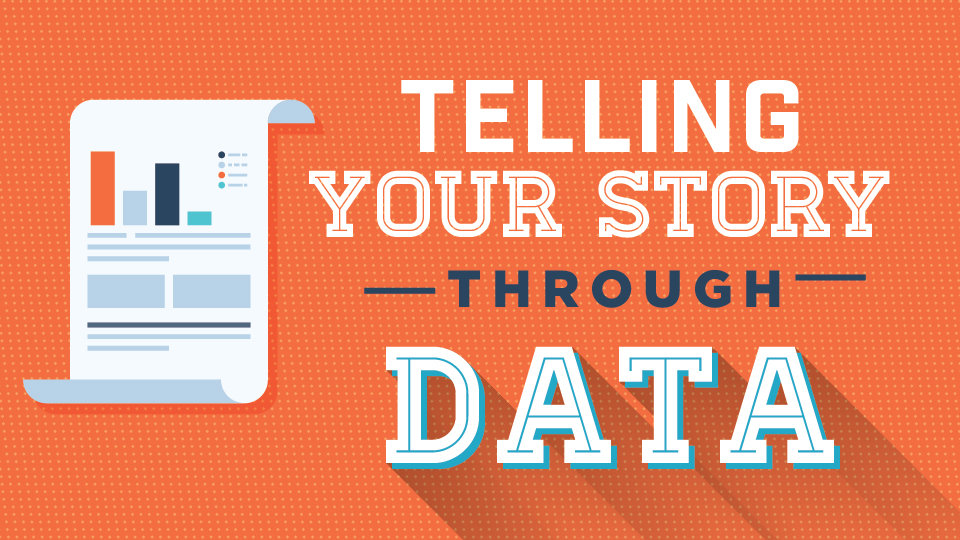Telling Your Story Through Data
By Kristen Shoates
In our last post, Discovering Your Story Through Data, we talked about how your data contains hundreds of valuable clues about your organization’s DNA, customer base and story. Now that you understand the narrative your data is communicating, put it to work to actively reach out to new audiences and tell your story.
Your data offers practical insights to inform and guide your main storytelling channels: branding, marketing and technology.
Branding
The more you know about your current audience, the better you’re able to build a brand that relates to them and their lives. Take a look at these key metrics living within your data and the way they guide your brand and position in the marketplace:
- Demographics: How old are your people? Are they men or women? Do they have children? Do they lead an average life or an upscale life? Basic demographic data can tell you what your audience’s pain points are, how to relate them, and who their peers and influencers are.
- Behavior: How does your audience interact with you? What needs are you meeting? Are they hitting any barriers in trying to interact with you? Are there needs you’re not meeting that they’re getting met elsewhere? Your audience’s behavior can help you figure out your unique position in the market and new areas for you to grow.
- Frequency: How often are people interacting with you? Are you a part of their daily lives? Something they think about on special occasions or certain times a year? Of course, every organization would desire increased frequency, but even more important than being ever-present is being there – active, easy to find and top of mind -- in those moments when people want you.
- Lifestyle: What do your people care about? Are they parents looking for family-friendly activities or a relaxing getaway? Are they Millennials who are into culture, art and travel? Are they men’s men who like to eat bacon and grow big beards? Understanding your audience’s lifestyle will help you understand them as whole people and appeal to them on an emotional level beyond just what you’re selling.
Marketing
This is where the truth and facts in your data inform action. Often, organizations believe they are one thing, while their actual customer base and the way their constituents interact with them tells an entirely different story.
Looking at your current data, identify your best customers. Not necessarily the individuals who are the best, but the TYPE of customer those individuals represent. If you find that 40-somethings making six figures tend to be the most loyal and active customers, you’ll want to focus marketing efforts on new audiences that fit that description. This approach can help you get the most bang for your buck by focusing your spend where you’ll have the largest impact:
Once you’ve identified who to target, ask yourself:
• Where can my audience be found?
• What do they want?
• What are their pain points?
• What do they respond to?
Using this knowledge, tailor marketing strategies, what language you use, where you place ads, how often you communicate and the methods you use to communicate.
Technology
Data combined with today’s technology is a powerful force for finding audiences and creating unforgettable user experiences. Big data has created a new set of customer expectations. Your people now expect you to know them, to talk to them personally and provide resources tailored to their needs. One of the most important pieces of technology you can invest in is a solid CRM and marketing automation system. These tools help you track and harness the power of your data, triggering communications based on customer affinities or actions, being there in personal moments such as birthdays, weddings, and babies, and personalizing variables in communications. Some tools even allow you to track visitors on your website and adjust the content they see based on past behavior.
With all the information at your fingertips, you can make powerful and effective marketing, branding and technology decisions. But what happens if you don’t like the story your data is telling? Can you rewrite your story? Tune in on Tuesday to find out how.














